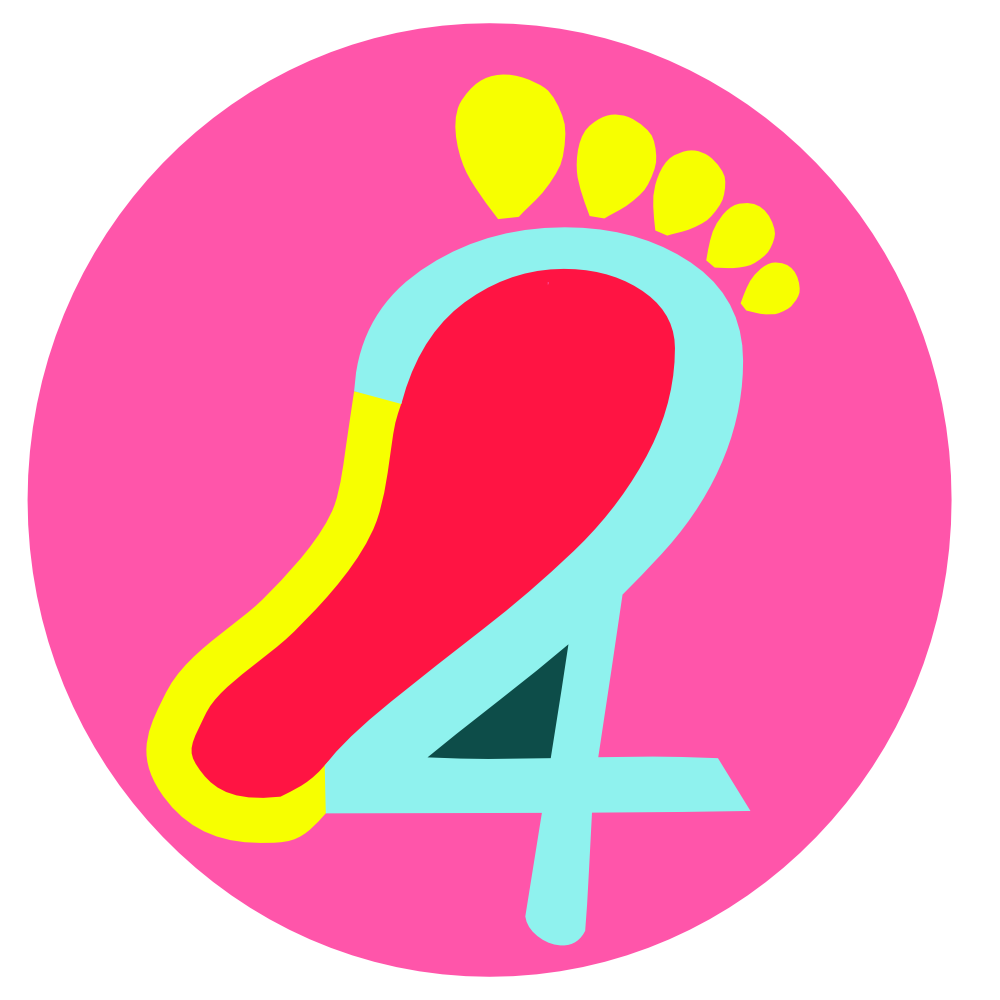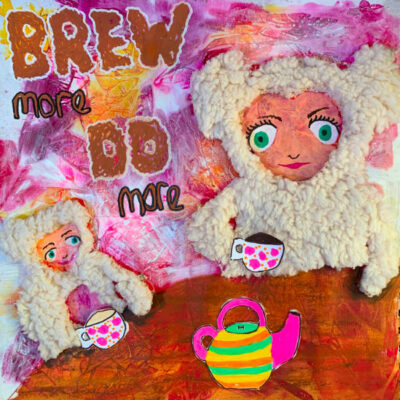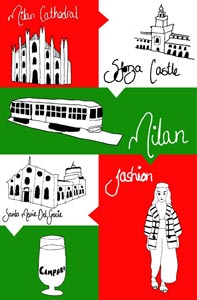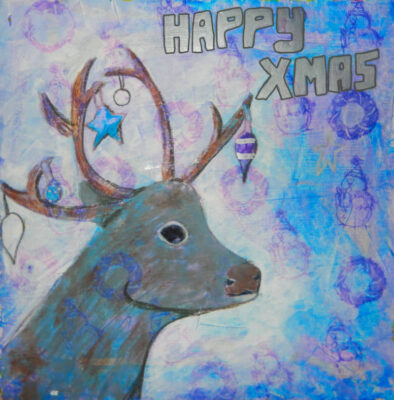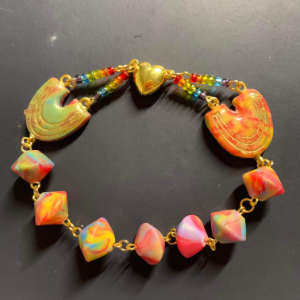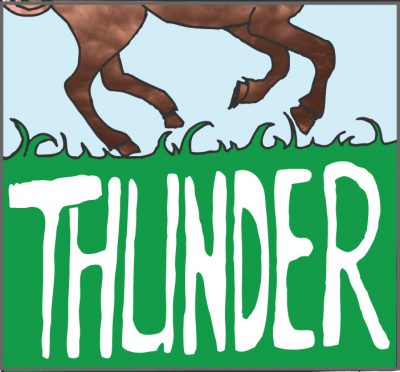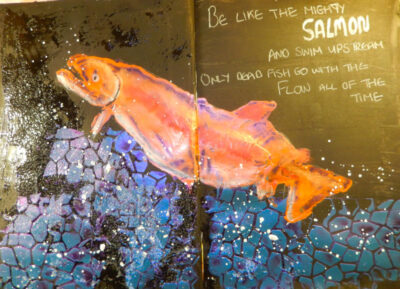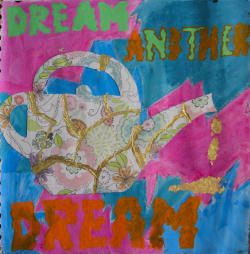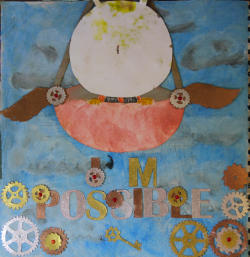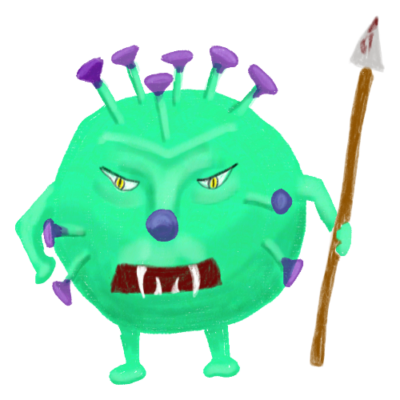Who needs technical excellence in your art journal? Are you someone who considers themselves a perfectionist? You may want to check out a different blog post …. Seriously, because it’s just not the place for it. In your art journal/sketchbook/scrapbook try things out, make mistakes, have eureka moments then realise they were more oo yuka moments. It’s all good. Then for your real life projects focus on perfection all you want.
In this blog post I want to encourage a lack of technical excellence in your art journal and look at some of the ways you can get better without focussing on perfection.
- Composition – experiment with different layouts to your page. The rule of thirds and the golden ratio are both helpful ways of dividing up the page in an aesthetically pleasing way. You can also implement shapes, e.g. circles, ‘L’ shapes on the page and compose your main details around these structures. Here is a really good article that discusses composition in detail: https://drawpaintacademy.com/understanding-composition-for-artists/
- Colour Theory: getting to know a little colour theory can be really informative in terms of mixing paints and choosing a colour scheme. It is also helpful to know some of the ways we are affected by colour and use this to your advantage.
- Anatomy: if you like drawing people or animals take some time to observe the structure of their bodies – even if you only want to draw in a whimsical way it will help to get some idea of proportion. And posing can go a long way to assist my last point below.
- Storytelling: the above points all play into this one. It’s all about story – what is happening in your picture? This is what elevates it above purely mark making. It’s the thing that draws you in and makes you want to engage with the image. Human brains are wired this way; to look for stories. You can implement storytelling on your pages in different ways such as creating relationships between items on the page using scale, colour, contrast, positioning, number, variety. It doesn’t have to be a picture book story you depict to practice this. Try cutting out some different coloured squares of paper in different sizes and experiment with positioning them on the page. Notice how different arrangements make you feel.
CUTTING FOR COLLAGE
Often when I collage, I use it as a background technique and tear the paper. For this piece I decided to use the collage more compositionally, splitting the page into sections with diagonal cuts. I used a sharp knife to cut the paper. I have used a music sheet paper for this piece to create a music themed page.
GLUING THE PAPER
I used matte medium to stick the paper down and seal the top. It buckled slightly under the wet conditions but settled back down ok. I tend to use a matt resulting adhesive as you can more easily work on top of it.
COMING UP WITH A COMPOSITION
I wanted a dynamism in the page about the power of music, hence the diagonals and I wanted to play with symmetry. I have chosen a violin as the subject as it is where my son’s career started. I have added some further tension by positioning the image off centre. Stencilling introduces texture as in physical texture as the piece would be very flat otherwise and some gold leaf to the outlines of my violin to make it pop. I think I could have gone further and made my black and white triangles unequal in size but this would have affected my collage papers which were only available in a very small size.
DOING THE DRAWING WITHOUT LOOKING EXERCISE
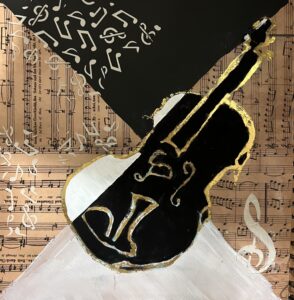
To create the violin motif I borrowed my son’s violin and sat down with it in front of me. I had the paper on my lap below the table. Once I decided on a starting point I put my pencil on the paper and drew while my eyes traced the shape of the violin. I love this exercise because it is so freeing and the images have such a human characteristic to them. A computer program could not produce it without copying versions that had been done before. It is a pure human, imperfect attempt to record what is in front of you. It shows the thought process. However sophisticated AI gets it will not have a thought process – just programming. I hope we don’t sacrifice too many humans on the road to figuring out why it is bad to rely on the absence of a thought process.
Technical Excellence in this Art Journal Page
You may notice in the picture of my page various imperfections. The metal leaf around the violin has gone down very unevenly, the white triangle at the bottom has overflowed on to the collage paper, The treble clef is not complete. These things don’t bother me but I will continue to reflect on the effectiveness of my composition.
There is nothing wrong with technical excellence in your art journal, especially if you are already technically excellent. It has a lot to do with spending time wisely and what you hope to gain out of the time you spend.
